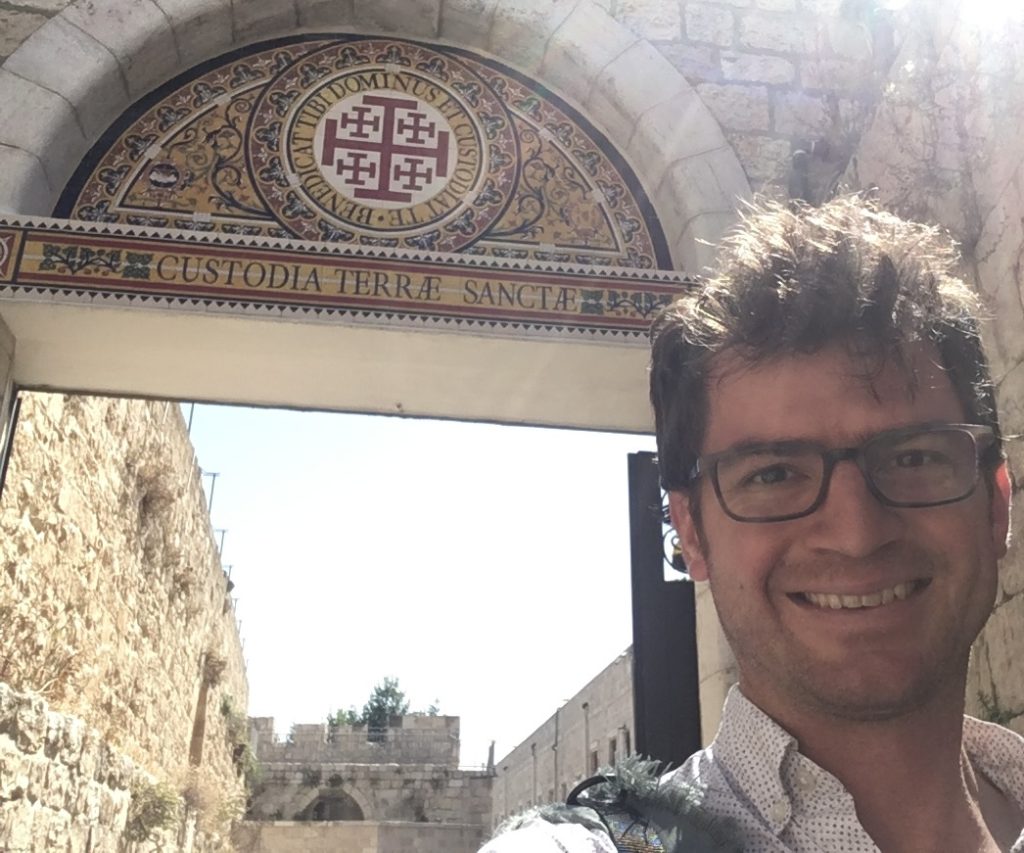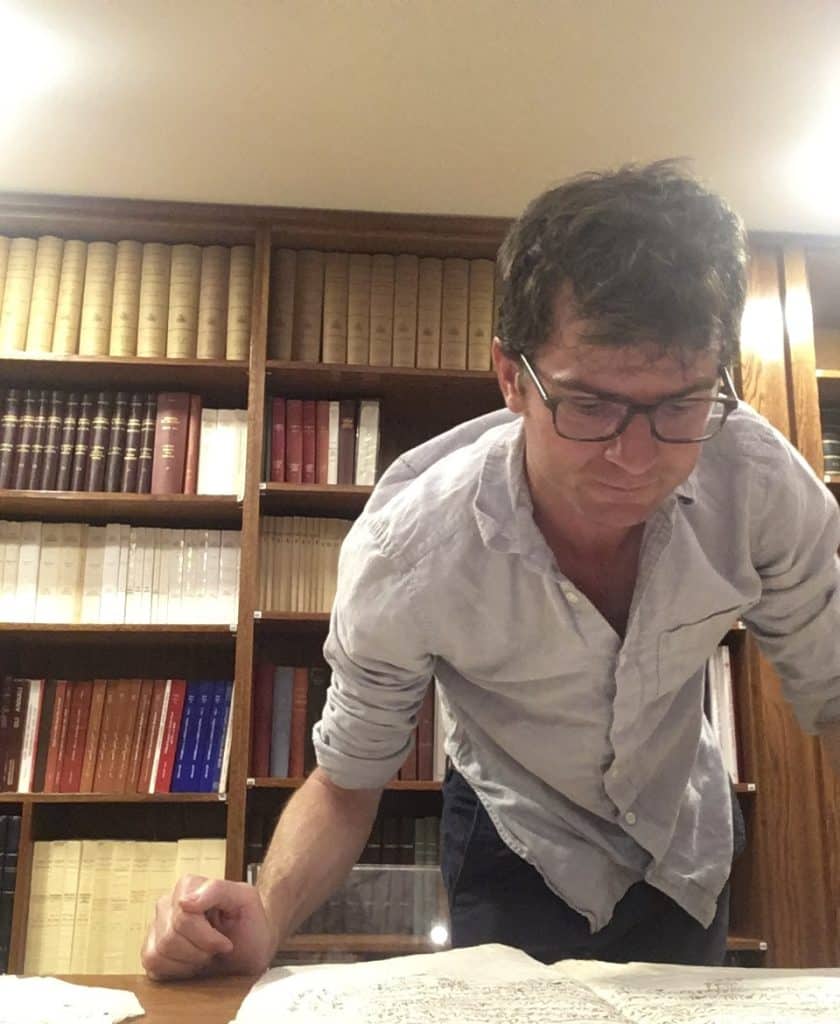
2024 Collections Fellowship Report: Social Mobility of the Medieval Mediterranean: The Case of the Franciscan Custody
Jon Paul Heyne, Assistant Professor of History at the University of Dallas



Jon Paul Heyne, Assistant Professor of History at the University of Dallas

